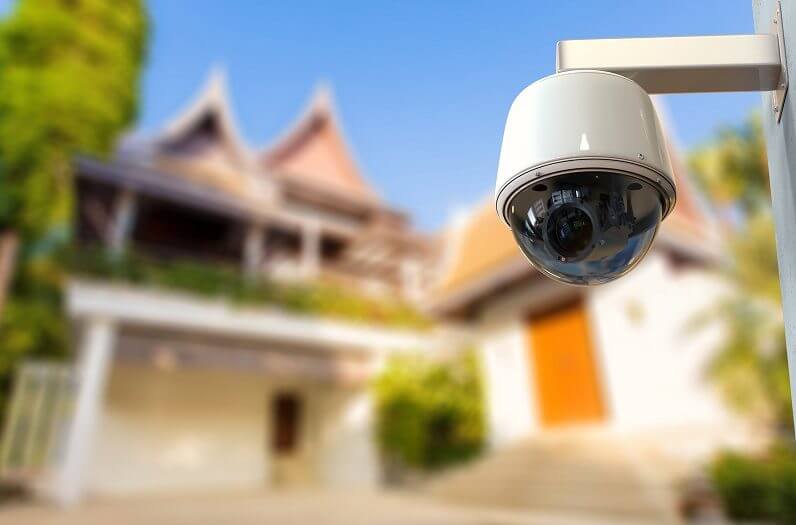With burglary numbers on the rise, surveillance cameras are booming. Also and especially in the private environment. If you would like to know whether, for example, the neighbours have posted hidden cameras, you can find out with a spy camera detector. Such a tracking device finds cameras in a few seconds, but detectors like these come at a price. You can also make your own spy camera detector at a fraction of the cost. Our device emits red light with the help of light-emitting diodes and causes the status LEDs to flash on devices that respond to remote controls and infrared light — the following explains how.
Material requirements
For a self-built mini camera detector you will need:
- A small housing with a battery compartment
- A 9 V block battery as well as a battery clip or battery holder
- A button
- Red light-emitting diodes (six to eight units) that are as bright as possible
- Resistors to operate the diodes at 9 V
- A short cable for wiring of the components
- Red transparent film
- Two small pieces of shrink tubing
A toilet paper roll
Assembling the spy camera detector
First drill spyholes in both halves of the housing with a diameter of two centimetres.
- Then drill smaller holes around the two holes for the LEDs. Depending on the brightness of the diodes you will require six to eight diodes. Round off the edges of the holes with a pocket knife or a somewhat larger drill, so that you will not cut yourself. Then, in the interior of the housing apply some adhesive on the holes and stick the LEDs on to it. When the diodes are positioned the polarity should be uniform, for example, all plus poles to the outside. This enables a simple connection and prevents a zigzag course in the cable connection.
- Now shorten a contact on each diode in order to solder a resistor on each one. Then connect all the contacts of the diodes using the cable in parallel with each other.
- If desired, drill another hole for the button into the housing. Using a pair of pliers, screw the whole thing tightly and connect one end of the button with the previously made circuit.
- Now for the power supply: Solder the battery clip to the other end of the switch. Ideally use two small pieces of shrink tubing for the connection.
- Glue the red film on. For this cut out two small rectangular pieces that are a little larger than the hole, and stick them on both inner housing sides with superglue. Important: Make sure that no adhesive residue remains on the film because this leaves annoying fingerprints.
Since the LEDs radiate light inward as well, you will also need a visor. For this, cut an approximately two centimetre-thick cardboard ring from a toilet paper roll and attach it with adhesive tape. The radius should be so big that it perfectly covers the hole. Stick it down with superglue and in this way close the housing.
Now for the practical test! Look through the hole in the housing.
By periodically pressing the button, the LEDs will flash. Are other LEDs flashing in the vicinity? Then take a look to see if there is a hidden camera somewhere.
Image: Fotolia / 115817413 / phonlamaiphoto













